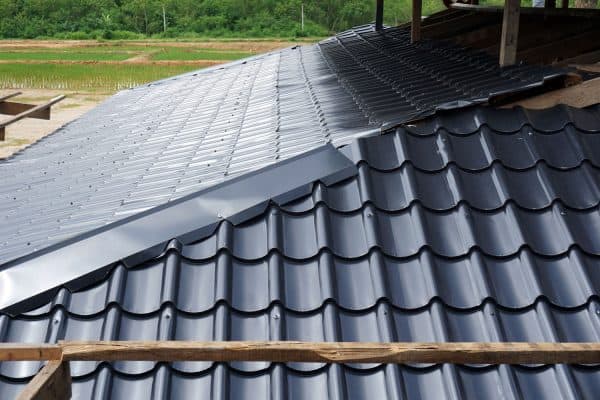If you're taken by the look of log siding or log cabins in general, you might be wondering what this type of look will set you back financially. As with any major home project, establishing a budget and sticking to it are important factors in ensuring that you can start and complete the task in a timely manner, without spending more than you can afford. So how much does log siding cost? We've researched the costs associated with log siding to get the answer for you.
The cost of log siding will depend on both the type of material you choose and the quality. Expect to spend between $.70 and $9.40 per square foot to get the log cabin look on your home. This amount is for the material only and does not include any labor, stain, or sealer.
As you can see, there's quite a range in the prices per square foot. Knowing what log siding material and brand will be key in getting a better cost estimate for this job. You'll also want to explore costs on faux log siding options, as they are also readily available. Fortunately, we've done the legwork for you, so please keep reading to see what we've discovered. We'll also discuss whether you can find a synthetic siding that looks like real logs, if there's a brand of vinyl siding on the market that looks like a log cabin, and other considerations that might help you make your siding decision.
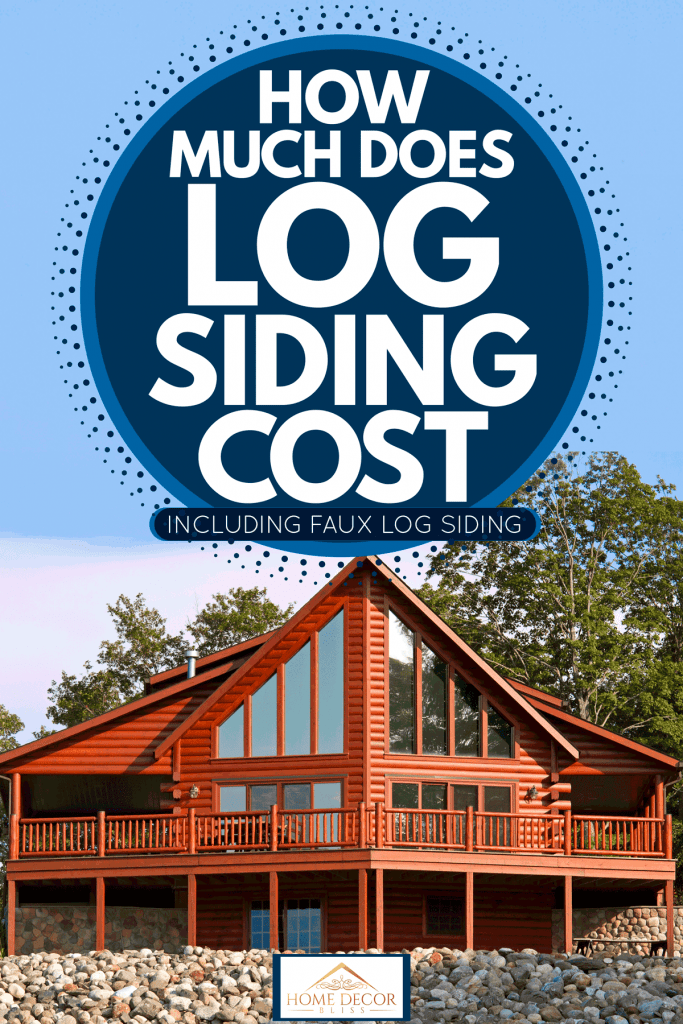
What factors determine the cost of log siding?
There are a variety of factors that will weigh in on how much your log siding will cost. If you are using real log siding, which style you select will make the cost vary greatly. And if you decide on faux log siding, which exact material you pick will determine the cost, as they tend to vary from material to material.
The costs for preparing, staining, and sealing your log siding should also be a consideration. While the materials will vary by brand and style, you can count on around $50 for sanding materials, $200-$700 for stain, and another $150 to $600 to seal the log siding. Of course, the exact cost of these materials will also be based on how many square feet you need to cover.
We may include affiliate links and curated AI content to highlight top design styles.
To see this WeatherSeal brand of log siding stain, you can click here.
In this post, we've separated each type of siding material and given a more close estimate of their costs per square foot. We've also highlighted some of the advantages and disadvantages of each. To make sure that you have the most information possible, we've also highlighted the different authentic log siding styles.

Log Siding Cost Per Material
Authentic log siding
Nothing beats the real thing. Authentic log siding has five different cut styles to choose from, and these styles vary in price a great deal. Below, we've listed a close estimate of what each will cost per square foot. These costs do not include labor, but we've found that labor will run around $12 per square foot.
Full log
For the most rustic look around, you can build with full logs. These will range anywhere from $24 to $40 per log; they require a great deal of labor. This is considered more of a full wall than a siding that covers an existing wall. They are well insulated and weather resistant. It's the most popular style for obtaining the log cabin look.
D log
This gets its name from its appearance. The outer side is left round, while the inside is milled totally flat. While this is used commonly as a true siding, it's also popular for full wall construction. The price range of D logs is $27 to $38 per square foot.
Half log
This is a generic name given to half or quarter logs that have been split from the original. These are cut to be tongue in groove, are lighter weight than D logs, and are extremely durable. They range in price from $4.45 to $7.75 per square foot.
Shiplap log
Shiplap logs (also known as shiplap siding) is milled to be flat on both sides, with a recessed top side and a protruding bottom side. It gets its name from the style of log cuts that wooden ships were constructed from. Shiplap siding runs $5 to $8 per square foot.
Vinyl log siding
For those wanting a less expensive installation, lower cost, and much less ongoing maintenance, there's vinyl log siding. This material is embossed with real wood grains, which will look like log siding when matched with the proper color. It's a popular alternative to real log siding, although it's noticeably not real wood upon close inspection. Vinyl log siding will run anywhere from $3.65 to $5.50 per square foot. If you choose not to do this installation yourself, you can count on about $3.75 per square foot for labor.
Concrete log siding
Consider using glass fiber reinforced concrete; this alternative to traditional log siding is becoming more popular. It's durable, long-lasting, and doesn't have the ongoing maintenance issues that real log siding has. Best of all, you don't have to worry about vermin or wood rot with this type of siding. Concrete log siding costs run between $1.85 and $3.15 per square foot. The labor will vary, but you can count on around $5 per square foot for it.
Steel log siding
The most maintenance-free alternative to real log siding is made from lightweight steel. The steel is stamped to look like real wooden logs and then backed with foam for insulation. It's extremely durable and lasts years beyond other options. Steel log siding will set you back $4.25 to $5.75 per square foot. The labor will run a range of $4 to $7 per square foot to install.
Is log cabin siding made from real logs?
Log cabin siding is cut from real logs. The most commonly used trees for this siding are red pine, white pine, and cedar. The price of your log siding material is in part based on what type of lumber is used, with cedar being the most expensive. Because they are made from real logs, there are some issues you should be aware of before committing yourself to this form of siding. You'll want to be aware that ongoing routine maintenance is critical for avoiding damage from bugs and wood rot, as well as damage from the sun and moisture.
Any style of siding will have its pros and cons. Knowing all of them for every option available will help you make a more well-rounded decision when you finally decide to tackle this project.
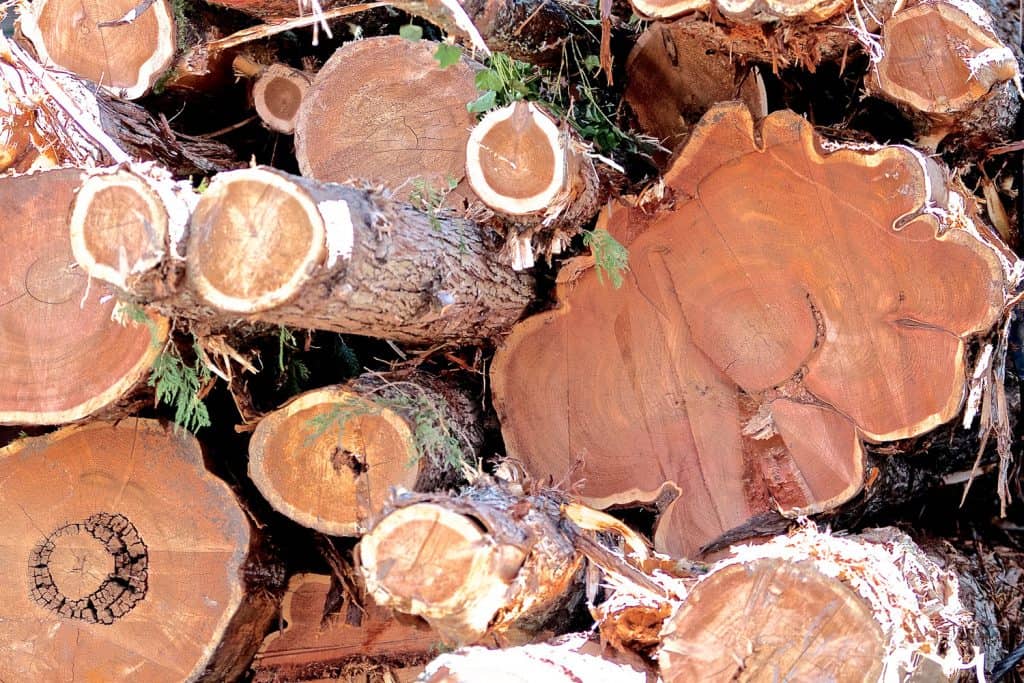
Is there a synthetic siding that looks like logs?
There are an abundance of materials on the market that are made to look like real logs. These materials range from vinyl to steel to concrete. We provided more details on each type of synthetic siding, including their average costs per square foot, earlier in this post.
Do they make vinyl siding that looks like logs?
Getting any other material than a log to look like a log isn't easy. For years, siding manufacturers have been stamping the exteriors of their siding pieces to resemble wood. If you use such a piece of siding and have it in the right color, it will appear to be made of real logs from a distance.
It's hard to substitute the real thing. Real log siding has a texture and a piney smell that you're not going to get with vinyl. However, vinyl siding does carry with it some advantages over real log siding. Vinyl siding will not rot, isn't going to fade color as easy, and doesn't attract bugs or squirrels. Vinyl siding is generally much less expensive to purchase and install, also. Maintaining real log siding can be a real chore, and it has to be done often if you want it to last. Vinyl requires nothing more than the occasional spraying of water from your garden hose.
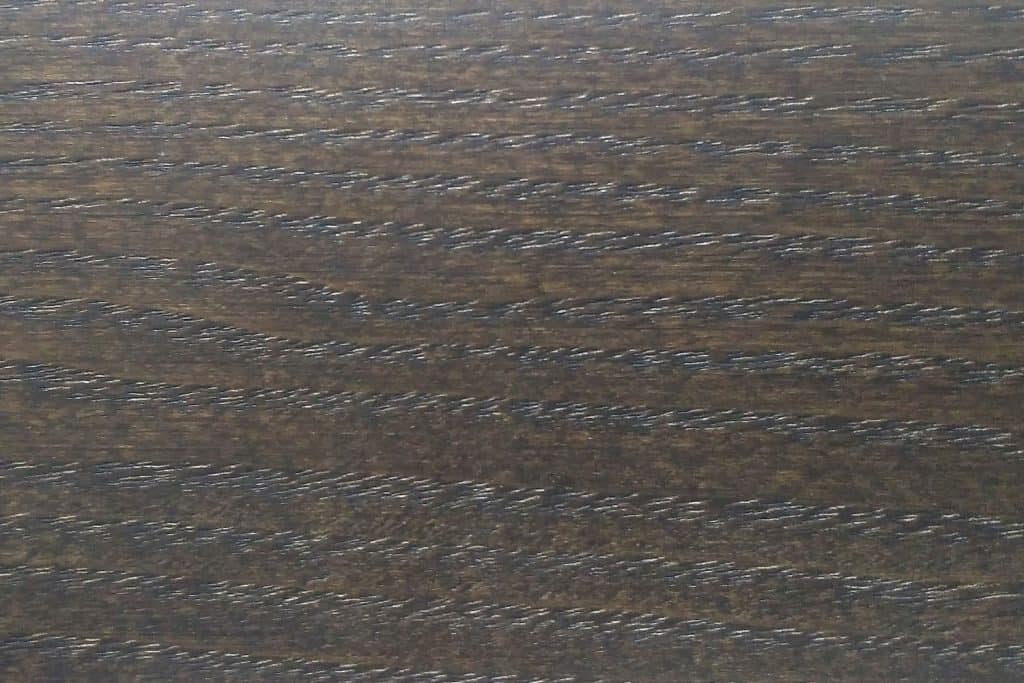
In Conclusion
When choosing the log cabin exterior look for your home or outbuildings, you have a lot of options. As we've learned, it's possible to get the log siding appearance from synthetic materials, steel, and concrete. What you select will most likely be based on your personal preference and your budget. Now that you have a better idea of the price ranges of these various materials and styles, you should be a giant step closer to making your decision.
For more helpful information and helpful home tips, you can read the following posts:
What’s the Difference Between Interior And Exterior Paint?
How Often Should You Stain The Deck?
How To Paint A Staircase? [4 Steps]

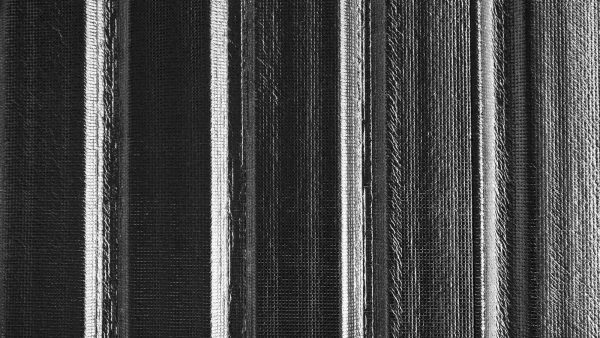
![Get Your Roof Ready: How to Apply Aluminum Roof Coating [Step by Step Guide]](https://homedecorbliss.com/wp-content/uploads/2023/08/shutterstock_1624204837-600x400.jpg)
